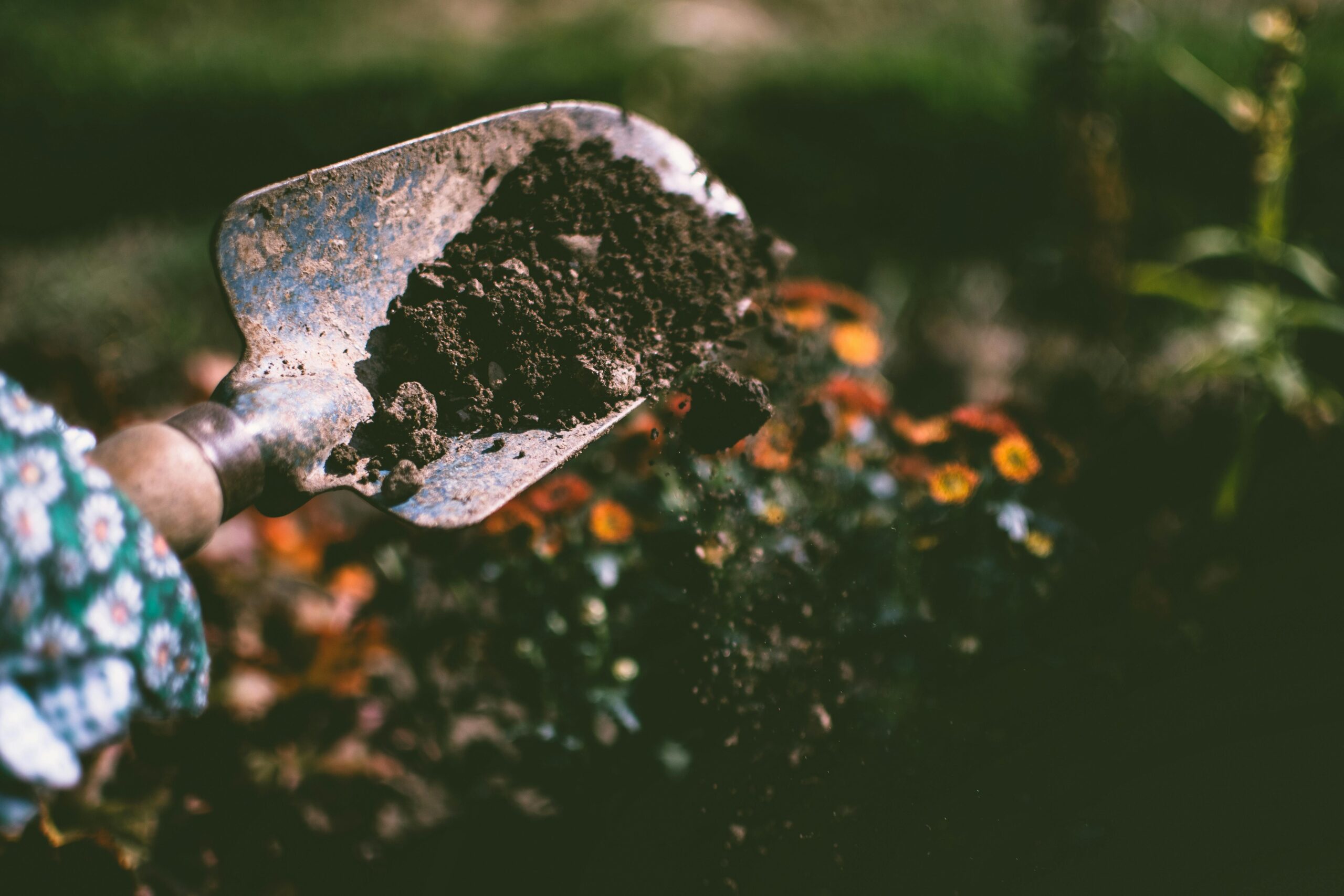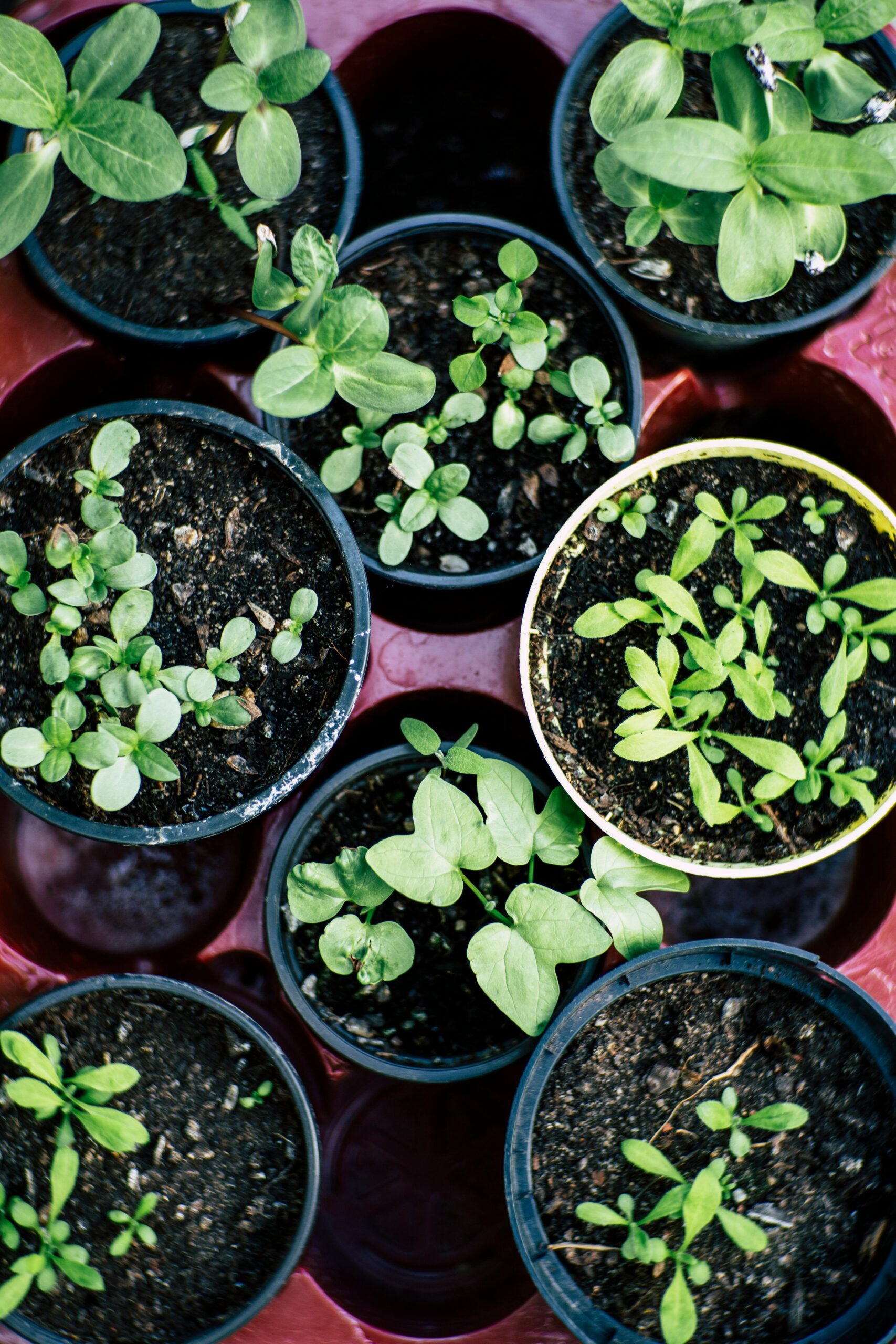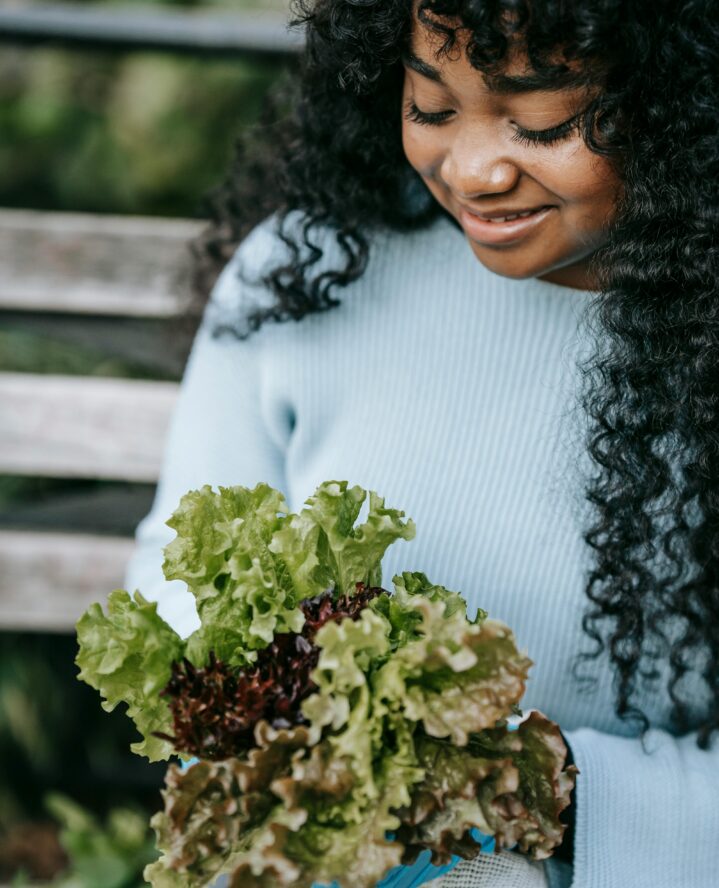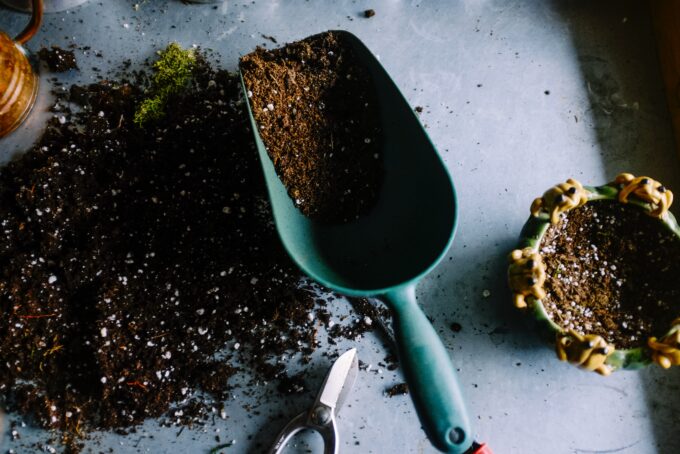Are you tired of the concrete jungle—or at least craving a little respite? You can have your very own slice of green oasis without having to commit to packing everything up and moving to the rolling countryside with a community garden. The benefits are substantial—it’s a great way to connect with your surrounding neighborhood and create a collective effort to grow your own food. Maybe it’s time to roll up your sleeves, grab a trowel, and embark on the fulfilling journey of starting one.

1. Find the perfect location.
Before you start digging, scout for an ideal location. Look for a spot with ample sunlight, good drainage, and easy access for your fellow gardeners. It could be a vacant lot, a corner of a park, or even a rooftop terrace. Just ensure it’s a space that fosters growth and collaboration.
Think about the proximity to water sources and the surrounding environment. Aim for a location that is easily accessible to all members of your community, promoting inclusivity and participation. Additionally, think about the long-term viability of the site — is it prone to flooding or other environmental hazards? And, before signing any ownership contracts, make sure to check your zoning laws to avoid violating local regulations.
2. Prepare your garden beds.
Once you’ve secured your patch of earth, it’s time to prepare the soil. You can raise funds in your community to help offset the costs by creating a Facebook group or keeping it small in a group message. Enlist the help of your friends and neighbors and get digging! Remove any weeds, break up compacted soil, and enrich it with compost or organic matter. Healthy soil is the foundation for a thriving garden, so don’t skimp on this step. Consider conducting a soil test to assess nutrient levels and pH balance. This will help determine what amendments are needed to optimize soil health for plant growth.

3. Select the right plants.
Now comes the fun part — choosing what to plant! Consider the climate and seasons in your area, as well as the preferences of your fellow gardeners. You’ll probably want a mix of vegetables, herbs, flowers, and maybe even a fruit tree or two. Variety is the spice of life, and it’ll keep your garden vibrant throughout the year.
Encourage diversity in your garden by incorporating heirloom varieties and native species. This promotes biodiversity, and it also supports local ecosystems by conserving rare plant varieties. Additionally, consider the nutritional value of the plants you choose – aim for a balance of leafy greens, root vegetables, and fruits to provide a well-rounded harvest for your community.
4. Establish a watering schedule.
Your garden will need regular attention and care. Set up a watering schedule to make sure your plants stay hydrated, especially during the hot summer months. Encourage your community members to take turns watering the garden to foster teamwork and responsibility.
Consider implementing water-saving techniques such as drip irrigation or mulching to reduce water waste and conserve resources. Educate your community members about the importance of water conservation and demonstrate how small changes in watering habits can make a big difference in the health of your garden and the environment.

5. Remember to find a solution for warding off pests.
No garden is immune to pests, but that doesn’t mean you need to reach for harmful chemicals. Embrace natural solutions like companion planting, neem oil sprays, or introducing beneficial insects like ladybugs. These methods are eco-friendly, and they’ll also keep your garden flourishing without harming the environment.
To encourage observation and proactive pest control measures among your community members, host workshops or gardening classes to teach organic pest management techniques. These can include hand-picking pests, using row covers, or creating habitat for beneficial insects. By empowering your community with knowledge, you can create a resilient and healthy garden ecosystem.
6. Harvest the fruits (and veggies) of your labor.
After weeks or months, depending on what you plant, the time will come to reap the rewards! Gather your community members for a harvest celebration and collect your ripened pieces. From crisp cucumbers to juicy tomatoes, there’s nothing quite as satisfying as enjoying the bounty of your community garden.
7. Cultivate connections.
Beyond the bounty of fresh produce, a community garden cultivates something even more valuable—connections. It’s a place where neighbors become friends, generations mingle, and stories are shared over rows of lettuce. So, tend to your garden with love and watch as it blossoms into a thriving hub of community spirit.
popular posts
- 1It’s Black Business Month, So Let’s Go Shopping and #BuyBlack!
- 2These Home Decor Items Will Instantly Make Your Space Look Outdated
- 3Black-Owned Home Decor Stores To Support Across the United States
- 4A Look Inside Elon Musk's Tiny $50,000 House
- 57 Black and Multicultural Designers To Follow For Design Inspo
Spaces
Whether it’s luxury or ease, every area of your home should be as fabulous and unique as you.
FOLLOW ALONG ON INSTAGRAM
#homeandtexture
Find us on social for more home inspiration where culture, personal style, and sophisticated shopping intersect to help you create a home where you love to live.








